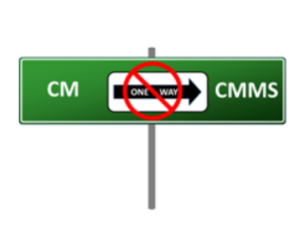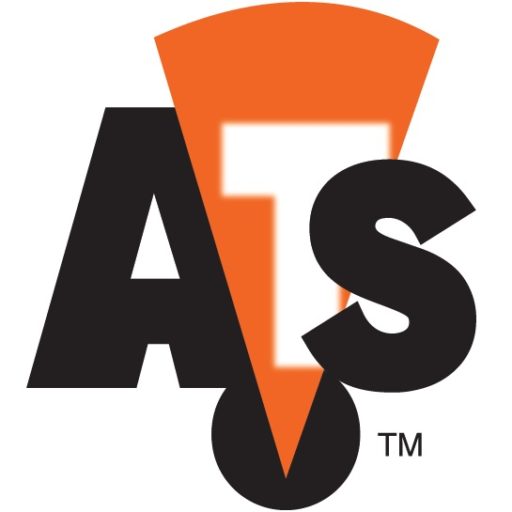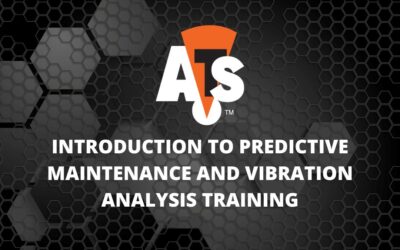In most cases, the effort needed to correct condition monitoring findings, in most cases, has not previously been identified in the CMMS as an activity requiring prioritization and ultimately work to be performed. If identified soon enough, the corrective action recommendation could have a relatively low priority if there is the expectation that the problem will progress slowly over time. But in some cases, it may have already been identified and the most recent condition monitoring results indicate that the problem has progressed. Therefore, it is essential that the condition monitoring and evaluation team has access to the CMMS so that previously identified work recommendations can have their priority increased when progression, along with the increased risk of accelerated failure, are observed in the data.
This is another argument in favor of giving ATS access, like other contractors typically have, to your CMMS. It enables us to increase the priority of previously identified problems so that they could be scheduled sooner than previously anticipated. Remember, it is typically your (our Client’s) planning, scheduling and work release team who has the final say in what is actually done and when. Using this capability we have the best opportunity to communicate our findings directly to those who make the final decisions on what gets done and when.

Access to CMMS for condition monitoring analysts should not be a one-way street. The CMMS holds a huge amount of important and relevant information to aid in the condition monitoring and evaluation process. I wish I had a count of the number of times I was called and told “The XYZ machine sounds funny” and hot-footed it out to the production area with my data collectors only to discover later that something had been done to the machine that caused it. Machines rarely just die – we kill them! Knowing what has recently been done to the machine is critical. It got to the point that when I got those calls, I checked into the CMMS for recent work history first!
Similarly, changes to the process that the machine supports can change condition monitoring indications, but that is a topic for another posting………………………
-cb






0 Comments